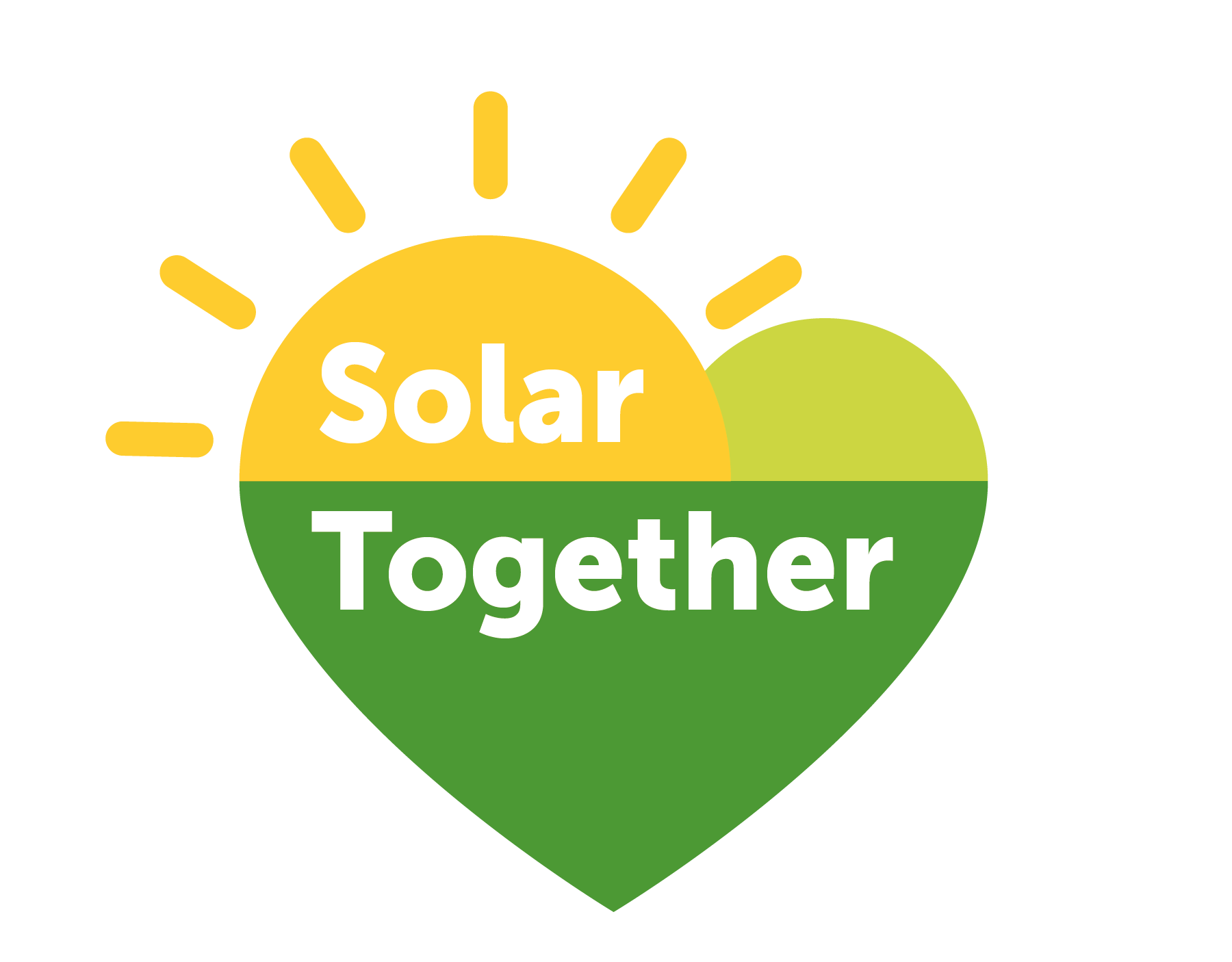
Subsidy-free solar energy has an important role to play in the decarbonisation of UK energy. But its development has been hindered by a lack of confidence from investors who perceived too many risks for too little reward.
However, a new independent report suggests it is coming of age as an investment. Co-locating new solar power with battery storage can reduce risks, create new revenues streams and ultimately unlock growth across the sector.
Why confidence matters
Good renewable energy investors do their homework and analyse the risks and rewards of any potential venture. They then apply a confidence level to determine the appropriate balance of risk and reward that they are prepared to accept.
The greater the confidence in the desired outcome the less the perceived risk and the lower the return required to achieve the same risk and reward balance.
As more investors have increasing confidence in the future, more solar power and battery storage projects are undertaken which creates increased evidence on which new investors can justify their decisions. The virtuous circle continues to drive the industry forward.
Investing in subsidy-free solar
To understand the state of play with subsidy-free solar, Wyelands Bank, together with renewable energy firm Anesco, commissioned a study by Aurora Energy Research. The research explores the economics of co-located solar power and battery storage sites.
The research shows that hybrid projects, where solar power and battery storage are co-located on the same site, are coming of age.
Hybrid systems are quickly becoming investable opportunities in the GB power system for equity investors and asset finance lenders – without any public subsidy.
Previously, uncertain returns have made it hard for solar and battery operators to raise debt finance. They have also relied heavily on government subsidies which have been phased out for solar. These two factors have combined in limiting the appeal to investors.
Looking forward, the report shows that co-locating solar power with battery storage can unlock additional revenue streams and accelerate deployment.
The research finds that internal rates of return (IRRs), or the measure of the likely profitability of an investment discounted over the life of the project, for hybrid projects deployed in 2020 are between 6.6% to 7.6% under Aurora’s central scenario assumptions.
This is compared to an overall IRR of just 4% for standalone solar and battery projects.
This could increase a further 2%-3% if more aggressive but still feasible market assumptions are used. Higher potential returns should make it easier for co-located solar power and battery storage to attract funding.
Reducing risks and increasing revenues
Why does co-locating solar power with battery storage increase investor confidence?
First, co-locating solar power and battery storage reduces the risk of price cannibalisation.
Battery storage provides a hedge against the high deployment of solar capacity which leads to lower capture prices for all solar assets.
Next, the research finds that co-locating solar with battery storage may unlock further savings and revenues streams.
Co-locating solar and battery storage assets can generate significant overhead savings including but not limited to lease and network connection costs
Battery storage also allows for the avoidance of energy spilling where the solar capacity is higher than the grid connection. Reducing spilling leads to higher revenues.
How Wyelands Bank can help
At Wyelands Bank we have an appetite to support such co-located solar battery sites by providing senior debt.
Dependent on available cash flows leverage levels of around 35% of the build cost are possible with debt priced typically below the unleveraged project internal rate of return.
This means that not only can investors release a proportion of their equity in such sites, they can also benefit from increased leveraged project IRRs.
Wyelands Bank takes a straightforward solutions-focussed approach when assessing these opportunities. We look at the macro factors influencing the future market and take a pragmatic view as to what a realistic downside case might look like.
Most industry commentators would agree that in order to reach the agreed UK government target of net zero greenhouse gas emissions by 2050 more subsidy-free solar is required.
We believe co-locating solar power and battery storage has the potential to reduce the risks, increase revenues and ultimately unlock growth in solar power.
This is because co-location limits the downside case and provides confidence that the business model underpinning such investments will remain intact and relevant for many years to come.
In a world where our ecological survival hangs in a delicate balance, I personally have confidence that we can make a difference.
At Wyelands Bank we are proud to be part of the solution not the problem.


